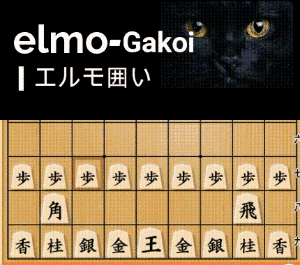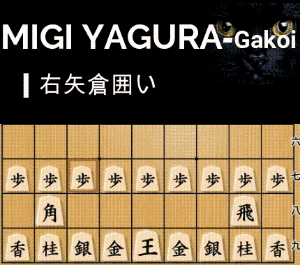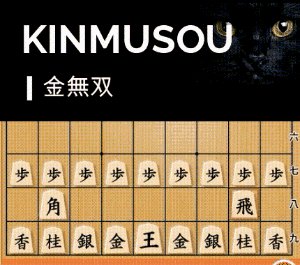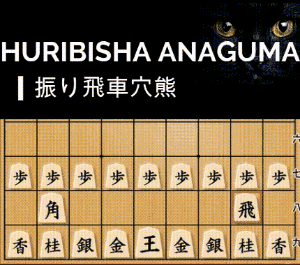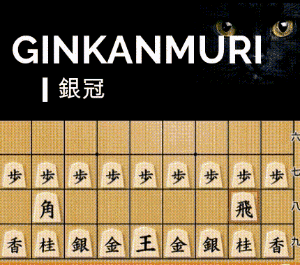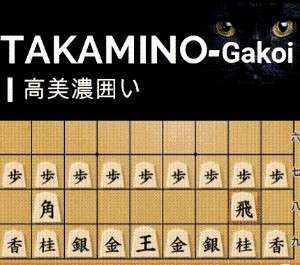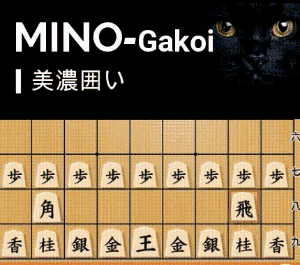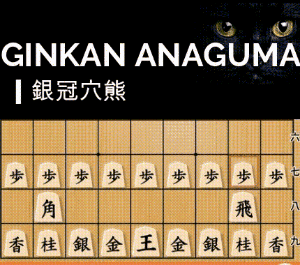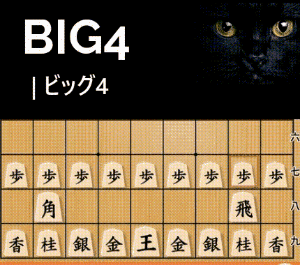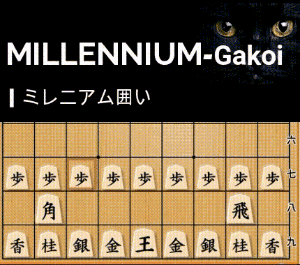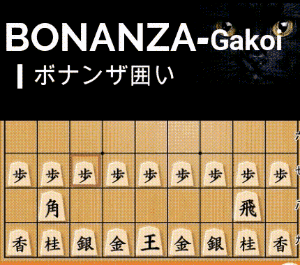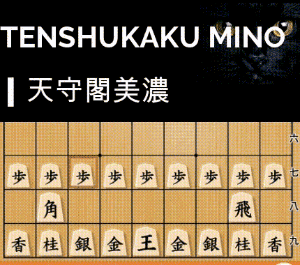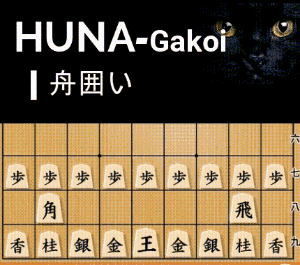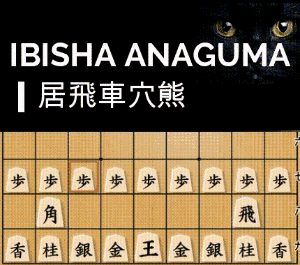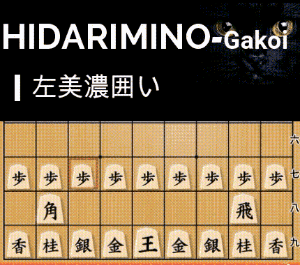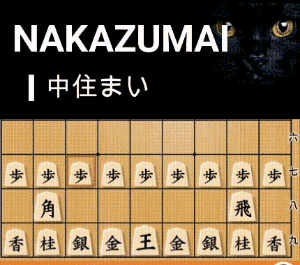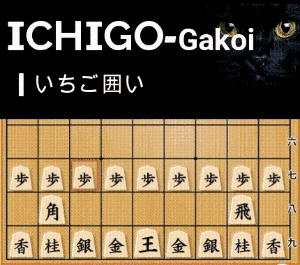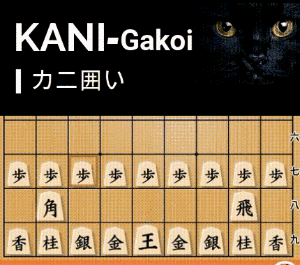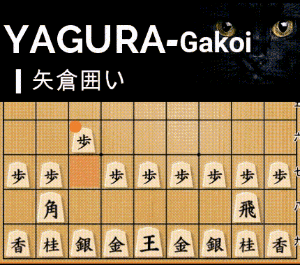What is the American Opposing Rook? An Aggressive Ranging Rook Strategy
The American Opposing Rook is a highly destructive and aggressive strategy in shogi. It can quickly lead to a dominant position and is easy for beginners to learn. Why not add it to your list of favorite strategies?
How to Attack with the American Opposing Rook
At the start, you proceed with the typical setup for the Opposing Rook formation, but the key is to advance your silver early to the ▲6-7 square (the third rank). This is the first critical step.
In most Opposing Rook strategies, the attack focuses on the 8th file, but with the American Opposing Rook, you instead strike on the neighboring 7th file by pushing ▲7-5 Pawn. This bold move marks the beginning of the aggressive approach and is an important highlight of this strategy.
Another notable feature of the American Opposing Rook is using the left gold to join the attack. Although there’s a well-known shogi proverb, “Defend the king with three golds and silvers,” the American Opposing Rook intentionally breaks this rule.
Let’s explore two common development patterns to see how this strategy plays out.
Pattern 1: Early Rook Exchange
Here, you launch ▲8-6 Pawn early. Although your king remains uncastled, breaking conventional wisdom, this is the essence of the strategy. However, you might wonder if it’s safe to challenge a rook exchange against an opponent who has already castled their king to 3-2, while your king is left unprotected.
Once the rooks are exchanged, your opponent seemingly has the upper hand, as you lack good spots to drop your rook in their camp. However, even if they follow up with △8-8 Pawn Drop and △7-9 Rook (a common sequence), you can respond calmly with ▲5-8 King. Next, you can play ▲5-9 Gold and ▲6-9 Gold to trap their rook, quickly gaining the upper hand. The move to involve the left gold in the attack shines here.
Pattern 2: Rook Exchange Refusal
If your opponent is familiar with this strategy, they might refuse the rook exchange. In this case, their refusal typically involves advancing △8-5 Pawn to block your attack.
Your response should target this △8-5 Pawn as your next goal. Bring your silver forward to attack it, and then turn your attention to the edge of the board, aiming at △9-3 Knight. By pressuring the edge and capturing their knight, you gain a decisive advantage. Additionally, your pawns can promote during this sequence, securing an even stronger position.



